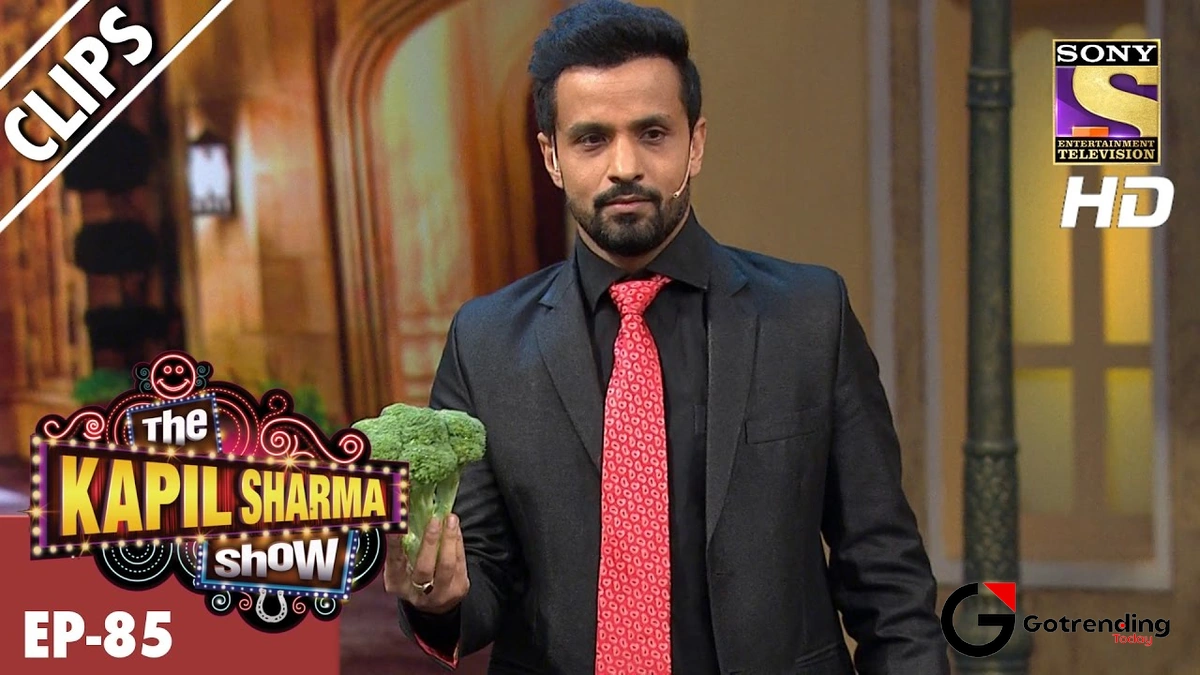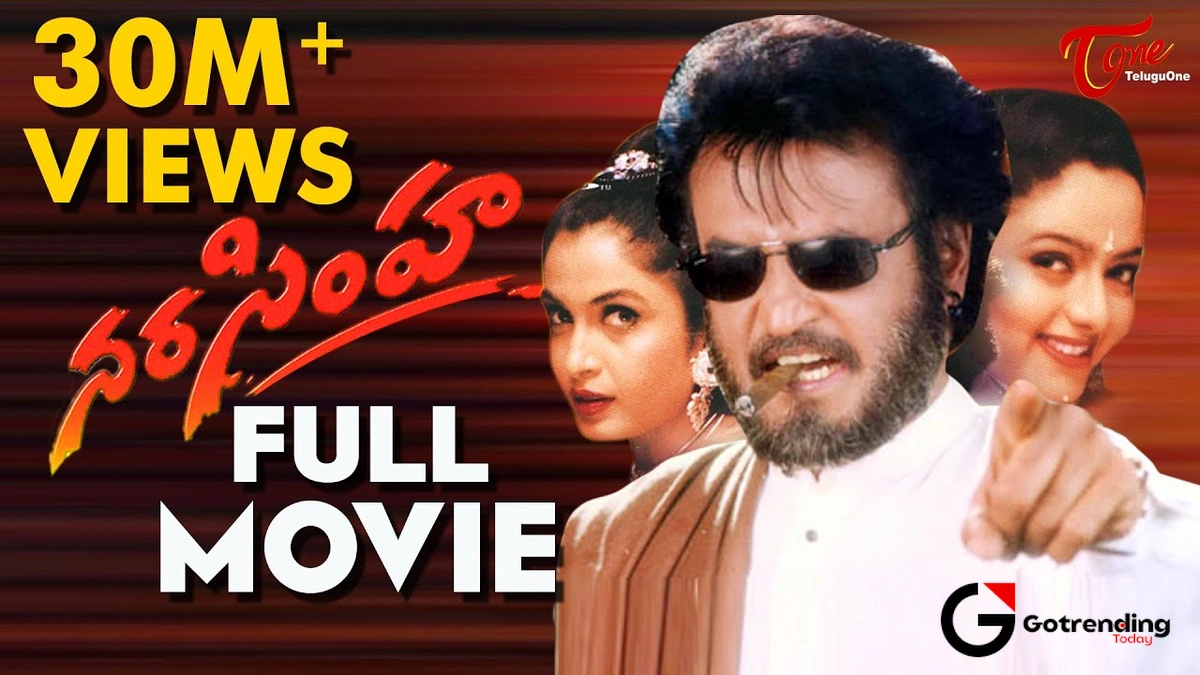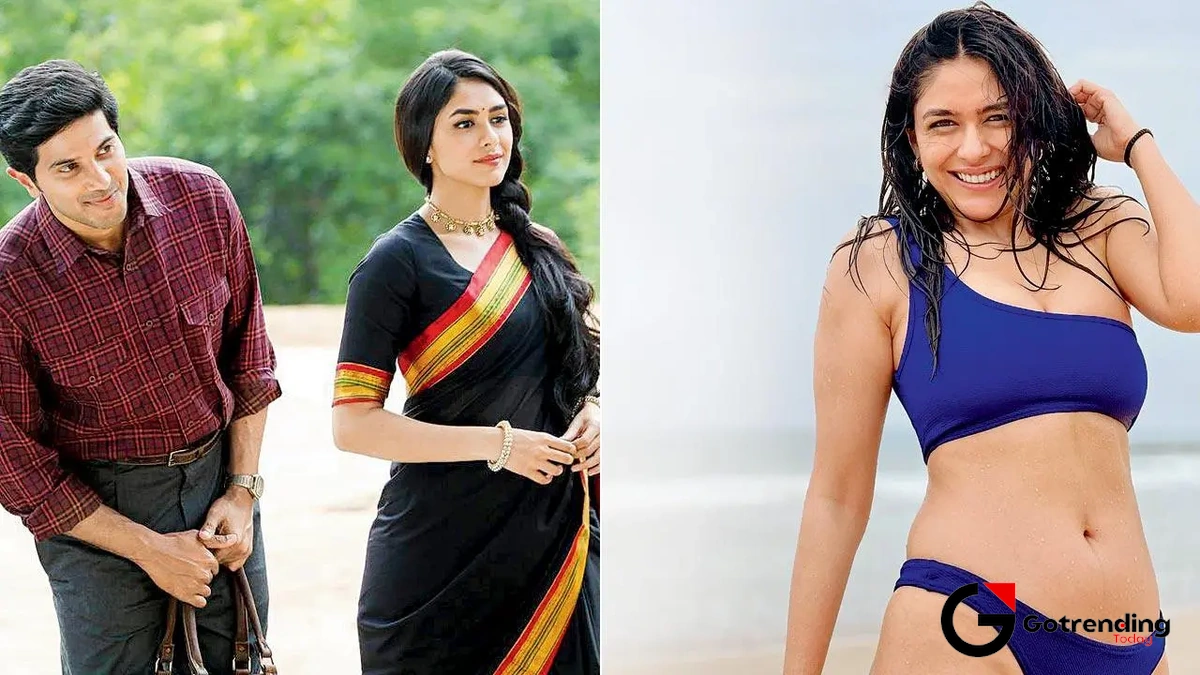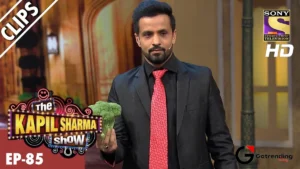That Tanishk Bagchi ‘Saiyaara’ Thing | A Confession
Let’s be honest for a second. When you hear the words “Tanishk Bagchi” and “remix” in the same sentence, what’s your gut reaction? Is it a little clench in the stomach? A sigh? An involuntary eye-roll? No judgment here. I get it. The name alone is a trigger. For some, anyway.
It conjures up images of beloved 90s classics being put through a digital car wash, emerging with a soulless, bass-boosted sheen that feels less like a tribute and more like a musical mugging. We’ve all been burned before. Masakali 2.0 still feels like a fresh wound for many. So when the news dropped that he was touching ‘Saiyaara’—that sublime, soaring ballad from Ek Tha Tiger—I braced myself. I genuinely did. I imagined the worst: a generic trap beat dropped over Mohit Chauhan’s ghost, the delicate strings replaced by a synth that sounds like it came free with a software trial.
And yet. Curiosity is a powerful thing, isn’t it?
So I listened. And then I listened again. And I have to admit, my pre-written narrative of outrage… it didn’t quite fit.
Breaking Down the Tanishk Bagchi Saiyaara Reimagination

Okay, let me try and unpack this. The first thing you notice about the Tanishk Bagchi Saiyaara version isn’t what’s been added, but what’s been stripped away. The original, composed by the brilliant Sohail Sen, had this grand, almost cinematic sweep. It was a song built for the big screen, for windswept landscapes and slow-motion glances between Salman Khan and Katrina Kaif. It was lush, layered with gorgeous string arrangements and a powerful, driving rhythm.
This new version is… quieter. More intimate. It feels less like a blockbuster movie scene and more like a late-night confession. Bagchi leans heavily on a simple, clean acoustic guitar riff as the backbone. It’s a choice that immediately changes the entire mood. The grandiosity is gone, replaced by a kind of melancholic vulnerability. It feels smaller, but in a way that pulls you closer instead of pushing you back with its scale. Think of it like the difference between a sweeping landscape oil painting and a detailed charcoal portrait. Both are art, but they demand a different kind of attention from you.
This approach is interesting because it sidesteps a direct comparison. It’s not trying to be a bigger, better version of the original. It’s trying to be a *different* version. A side-quel, if you will. This feels more in line with the kind of creative endeavors you hear about in other industries, maybe less so in mainstream Bollywood, which is a space often criticized for its formulaic nature, not unlike discussions around sequels like the much-anticipated Son of Sardaar 2.
Wrestling with the Original’s Ghost

But you can’t escape the ghost of the original. You just can’t. The Saiyaara song original is iconic for a reason, and a huge part of that reason is Mohit Chauhan’s voice. His vocals have this incredible texture—a mix of effortless grace and a certain raw, earthy power. When he sings “Saiyaara main saiyaara,” it feels like a declaration. It’s expansive and full of longing.
The vocals in the new version (often featuring different artists depending on the specific project) are deliberately softer, more restrained. They’re breathier. This serves the new, intimate arrangement well, but for anyone who has the original imprinted on their soul, it can feel… lacking. It’s like tasting a diet version of your favorite dessert. It hits some of the same notes, but the richness, the satisfying depth, isn’t quite there. This isn’t a criticism of the new singers, but an acknowledgement of the monumental task of stepping into Mohit Chauhan’s shoes.
And that’s the central tension of the Tanishk Bagchi Saiyaara experience. It exists in this strange limbo. On one hand, it’s a thoughtfully crafted, musically pleasant acoustic track that, if it were an original song, would probably be praised for its minimalist charm. On the other hand, it’s a remake of a beloved classic, and it will forever be judged against the memory and emotional weight of that original. It’s a battle it can’t really win.
So, What’s the Real Verdict on Tanishk Bagchi’s Remixes?
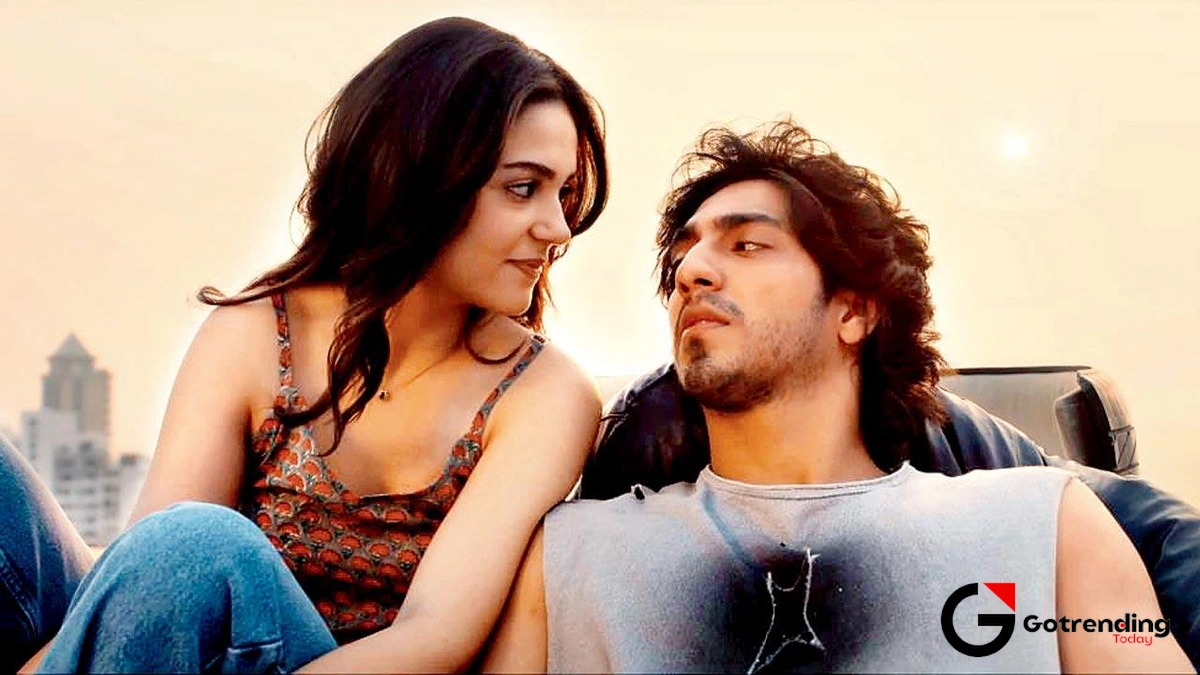
I keep coming back to this point because it’s crucial. The frustrating thing about the discourse around Tanishk Bagchi remixes is that it’s so black and white. It’s either “he’s a genius” or “he’s destroying our childhoods.” The reality, as evidenced by ‘Saiyaara,’ is far more nuanced. Sometimes, the approach is a blatant, cash-grabby desecration of a classic. Other times, like here, it feels more like a genuine attempt at reinterpretation. An artist playing with a song they admire, trying to find a new angle.
Does it replace the original? Absolutely not. Nor should it. The original from Ek Tha Tiger is a masterpiece of its time. But does this version have a right to exist? I’m starting to think so. It offers a different flavor, a different mood for a different moment. Maybe it’s the song you play on a quiet, rainy afternoon, while the original is the one you belt out on a long road trip. They can coexist. This is a far cry from some of the more controversial stories that sometimes dominate the entertainment world, which you can read more about on sites like Hindustan Times Entertainment.
Perhaps the biggest takeaway from the Tanishk Bagchi Saiyaara track isn’t about the song itself, but about our own relationship with music. We hold the songs we love so tightly, they become part of our own story. And when someone else comes along and tries to tell that story in a different way, it feels personal. But maybe, just maybe, there’s room for more than one version of the story. Maybe it’s a chance to appreciate what we loved about the first one even more. Or maybe it’s just a nice acoustic cover. Sometimes, that’s enough.
The whole situation reminds me of the varied reactions people have to different art forms, whether it’s music, film, or even the design of something like the Tata Harrier EV, where purists might clash with fans of the new.
Frequently Asked Questions (That You Were Probably Thinking Anyway)
What’s the biggest difference between the original ‘Saiyaara’ and Tanishk Bagchi’s version?
Think mood. The original is a grand, cinematic, and powerful romantic anthem. It’s built on lush strings and a strong beat. The Tanishk Bagchi Saiyaara version is the opposite: it’s stripped-down, intimate, and melancholic. It relies on acoustic guitar and softer, breathier vocals. One is for the big screen; the other is for your headphones on a quiet night.
Why do Tanishk Bagchi’s remixes cause so much controversy?
It’s all about emotion and memory. Many of the songs he remakes are iconic classics people grew up with. When a remake feels like a low-effort, commercialized version with a generic beat (like many accuse some of his work of being), it feels disrespectful to the original artist and to the listener’s personal connection to that song. It feels less like a tribute and more like a cheap copy.
Is this ‘Saiyaara’ remake better than the original?
That’s the million-dollar question, isn’t it? “Better” is subjective. If you’re looking for the emotional power and grand scale of the original, then no, it’s not better. But if you’re open to a different, quieter, more introspective take on the same melody and lyrics, you might find it beautiful in its own right. They serve completely different purposes.
What’s the point of remaking a song that’s already so loved?
That’s a debate for the ages! The cynical answer is: money and capitalizing on nostalgia. The artistic answer is: to reinterpret a classic, to show it in a new light, or to introduce it to a new generation that might not have heard the original. In the case of the Saiyaara song original, Tanishk Bagchi’s version likely falls somewhere in the middle—it’s a commercial project, but one that seems to have some artistic thought behind its approach.

